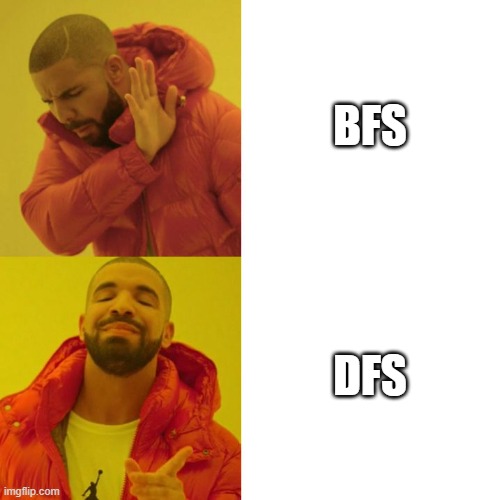Maximum Depth of Binary Tree

Maximum Depth of Binary Tree:
Given the root of a binary tree, return its maximum depth.
A binary tree’s maximum depth is the number of nodes along the longest path from the root node down to the farthest leaf node.
Example 1:

Input: root = [3,9,20,null,null,15,7]
Output: 3
Example 2:
Input: root = [1,null,2]
Output: 2
Constraints:
- The number of nodes in the tree is in the range
[0, 10^4]. -100 <= Node.val <= 100
Try this Problem on your own or check similar problems:
Solution:
public int maxDepth(TreeNode root) {
if(root == null) return 0;
int left = maxDepth(root.left);
int right = maxDepth(root.right);
return Math.max(left, right) + 1;
}
Time/Space Complexity:
- Time Complexity: O(n)
- Space Complexity: O(n)
Explanation:
Remember how we used BFS for the shortest path to leaf node (min depth) in
Minimum Depth of Binary Tree
, well in this case the we can use DFS since by the problem statement we have to find the longest root-to-leaf path so the optimization we did with BFS is not useful for this problem. The problem is trivial we check left and right subtree depth and have a base case for root == null to start iterating back from the recursion stack, we just return the deeper subtree.